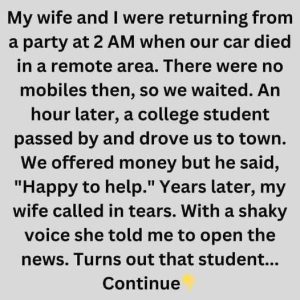You’ve probably noticed the classic red, octagonal stop sign at road intersections, but what if you came across a blue one? While unusual and potentially confusing, blue stop signs do exist—they just aren’t found on public roads. In the U.S., official traffic signs must follow federal regulations that mandate stop signs be red with white lettering.
Blue stop signs are typically used on private properties such as gated communities, parking lots, or college campuses. Though unofficial, these signs still mean “stop” and help direct traffic within those private areas. The reason red was chosen for official stop signs is its high visibility and association with danger, making it the most effective color for capturing drivers’ attention.
Traffic signs use colors to convey specific meanings: red signals stop, yellow means caution, green provides directions, blue offers information, and white or black indicates regulations. A blue stop sign breaks from these established norms, so it is not legally enforceable by public traffic laws.
Even so, ignoring a blue stop sign can still lead to accidents or issues with private security or property management. While blue stop signs are rare, other unique variants exist, such as bilingual stop signs in Quebec or LED-illuminated signs designed to improve nighttime visibility.
If you encounter a blue stop sign, it’s safest to treat it like any official stop sign—stop fully, look carefully, and proceed with caution. After all, safety should always come first, regardless of a sign’s color or location.





